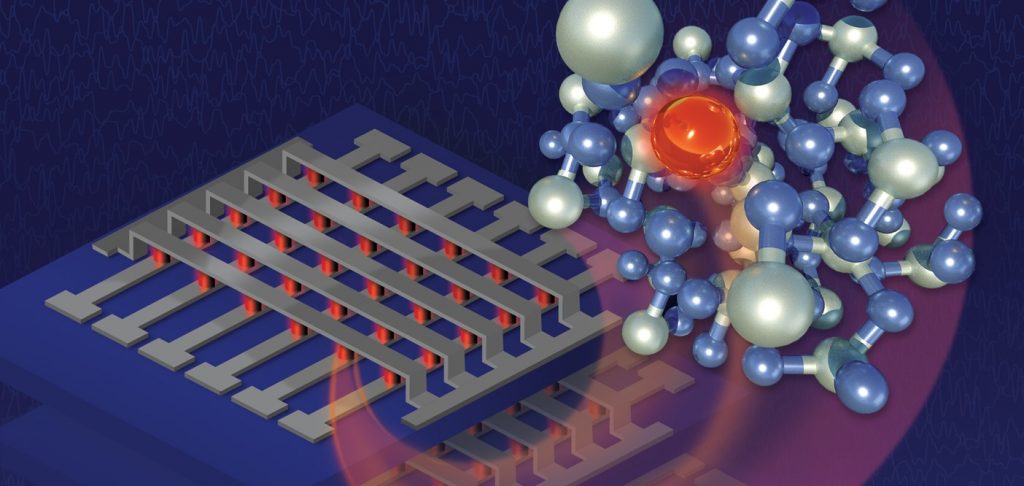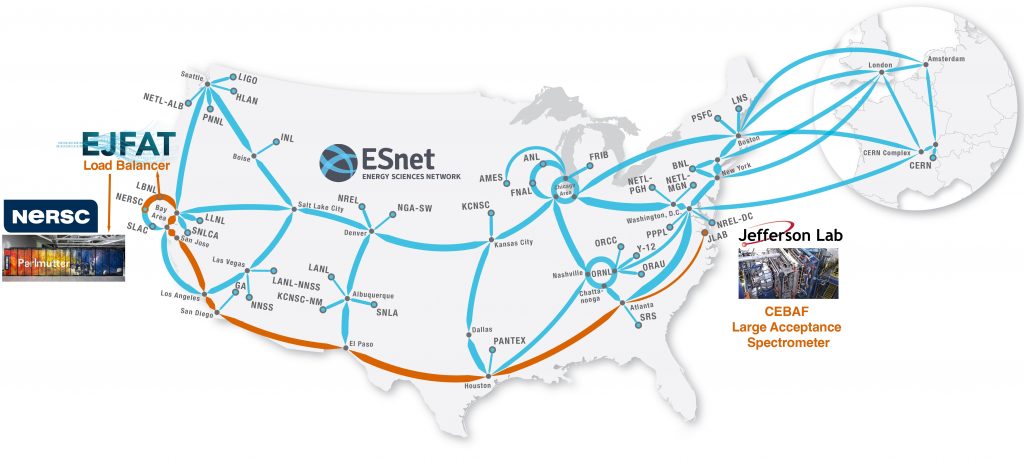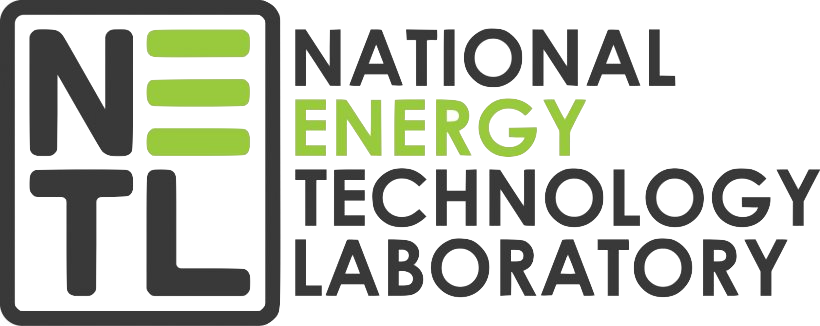Small Circuits, Big Impact
Microelectronics research isn’t just about making things smaller—it’s about making them smarter, faster, and more efficient. The DOE’s national labs are pushing the boundaries of what’s possible, driving innovations crucial for the future of computing, energy, and national security.

Revolutionizing microelectronics with novel tactics such as Threadwork, a transformative co-design approach to materials and computer architecture research.
• Argonne Microelectronics Institute
• Science 101: Microelectronics
• Threadwork

EJFAT streams terabit-rate data from instruments to ASCR computing facilities over continental-scale distances.
• Enlarged version of thumbnail
• EJFAT flow
• California Streamin’: Jefferson Lab, ESnet Achieve Coast-to-Coast Feed of Real-Time Physics Data

Lawrence Berkeley National Laboratory
Advanced ferroelectric materials to create ultra low voltage transistors.

Lawrence Livermore National Laboratory
Memory-centric computing: characterization, optimization, purpose-built IP for High Performance Computing
• Memory-Centric Architectures: Analyzing and Exploiting Heterogeneous Memory Systems

National Energy Technology Laboratory
Developing novel nanostructured carbon materials to improve the performance and efficiency of memristors, transistors, and other microelectronics.
• Ultrathin quasi-2D amorphous carbon dielectric prepared from solution precursor for nanoelectronics

Princeton Plasma Physics Laboratory
PPPL’s expertise in low-temperature plasmas and reactor simulation is advancing processing science for microelectronics.

COINFLIPS is revolutionizing uncertainty-aware scientific computing and AI through codesign between stochastic hardware and probabilistic algorithms.
• COINFLIPS, CO-designed Improved Neural Foundations Leveraging Inherent Physics Stochasticity

SLAC National Accelerator Laboratory
An integrated computing approach for data pipelines from the Edge to HPC using AI/ML and data-centric programming.

